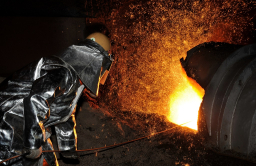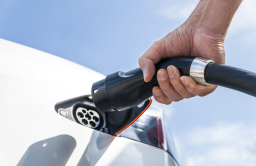-
KOSPI 2577.27 -2.21 -0.09%
-
KOSDAQ 722.52 -7.07 -0.97%
-
KOSPI200 341.49 +0.02 +0.01%
-
USD/KRW 1396 -2.00 0.14%
Tesla’s shift to LFP cells to shake global battery industry
EV Batteries
Tesla’s shift to LFP cells to shake global battery industry
LG Chem, POSCO Chemical consider LFP cathode materials business
By
Oct 22, 2021 (Gmt+09:00)
3
Min read
News+
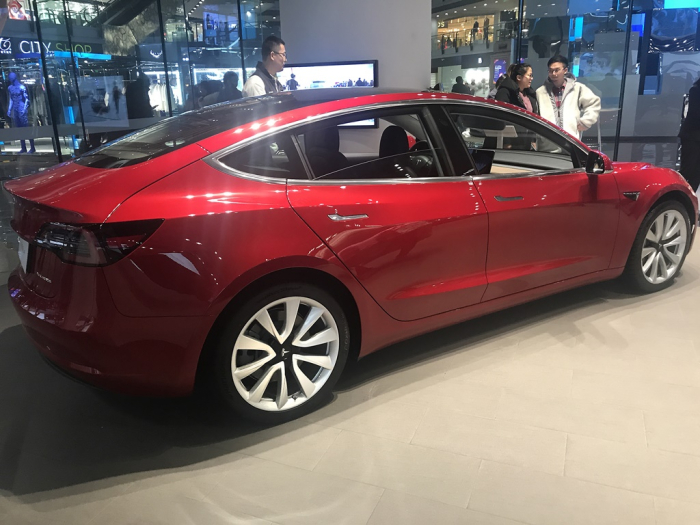
Tesla Inc.’s shift to less expensive batteries for its electric vehicles is expected to shake the global battery industry.
The world’s top EV maker said on Oct. 21 that it is installing lithium iron phosphate (LFP) batteries to all of its standard-range EVs. The move is likely to intensify competition between Chinese battery producers such as CATL and BYD that manufacturers LFP cells and South Korean makers that focus on nickel-cobalt-manganese (NCM) batteries.
The LFP batteries’ global market shares rose to 24.1% in the first half of this year from 14.8% a year earlier, according to market tracker SNE Research, on surging sales of the Tesla Model 3 and the Hongguang MINI EV in China. On the other hand, market shares of NCM622 and NCM523 – common NCM types – fell to 22% and 16% from 22.5% and 19.4%, respectively, during the period.
LFP cells with shorter mileage have been mainly used in China due to lower prices. The industry expected NCM batteries with high energy density to become the trend for EVs that requires longer mileage and a shorter charging time.
But demand for LFP batteries surged as prices of key materials such as cobalt and nickel for NCM batteries soared while global automakers such as Volkswagen unveiled plans for low-cost EVs. ElevenEs, a European battery maker, decided to build an LFP cell plant with an annual capacity of 16 gigawatt-hours (GWh) in Serbia. BYD won a deal to supply Tesla with LFP batteries of 10 GWh, media reported.
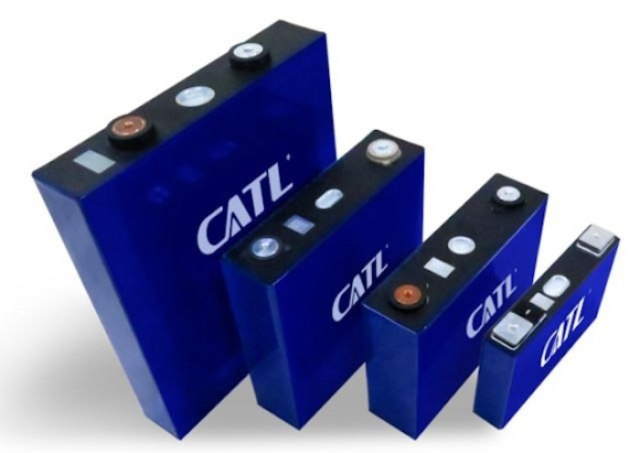
CONSIDERING LFP CATHODE MATERIALS BUSINESS
South Korea’s battery industry is also seeking to produce cathode materials, core materials for LFP cells, given the surging global demand.
SK On, the recently-launched battery company of SK Group, is considering manufacturing LFP batteries to supply to low- to medium-priced electric vehicles, its CEO Jee Dong-seob was quoted as saying in an interview with Reuters earlier this month.
LG Chem Ltd. and POSCO Chemical Co. also said they are actively mulling business on LFP cathode materials to diversify their product portfolio rather than to focus only on NCM batteries.
It does not require complicated technologies to produce LFP batteries, but it takes one or two years to change the production process. So, battery materials manufacturers consider producing in China or outsourcing.
“Nobody is producing LFP batteries in Korea, but nobody can ignore the strength of low costs of LFP,” said an industry source. “It is a key to secure price competitiveness in order to beat Chinese players.”
NCM BATTERIES TO WIN IN LONG TERM
Despite the recent popularity of LFP cells, demand for NCM batteries is expected to rise in the longer term. It is hard to improve LFP cells’ energy density due to the limitation of materials.
Samsung SDI Co. and LG Energy Solution did not consider LFP battery production. They decided to produce high-nickel NCM batteries or nickel, cobalt and aluminum (NCA) batteries. They also aimed to cut costs to lower than $100/kWh and increase mileage.
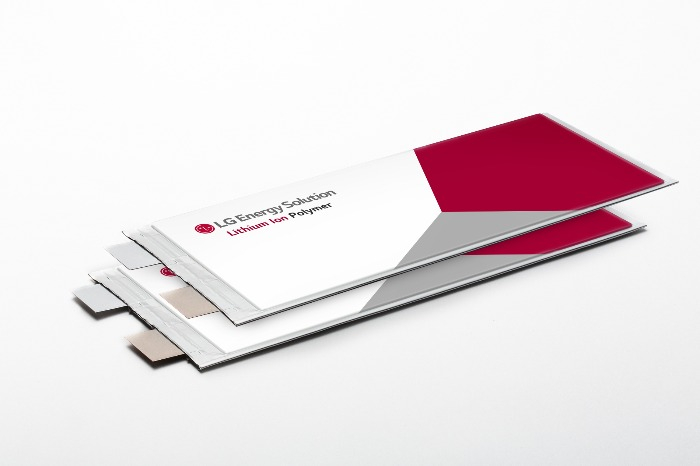
CATL was also known to plan to raise NCM battery production in the longer term.
NCM batteries’ price competitiveness is expected to improve from around 2027 when the current battery lifespan of eight to ten years is over and the battery recycling business is expected to grow, analysts said.
SNE Research said $23/kWh worth of metals could be extracted from NCM batteries for recycling, compared to a mere $4/kWh from LFP cells. The European Union (EU) plans to require the industry to recycle 12% of cobalt and 4% of nickel from 2030.
Tesla also said the energy density of LFP cells cannot reach the level of NCM batteries’ density, expecting the latter to most rapidly grow in the next one to two decades. LFP batteries will be used for cheaper EVs with short mileage, it said.
The global battery market is expected to be divided into two sectors – NCM batteries for medium and high-end EVs and LFP cells for low-end models.
Write to Hyung-Kyu Kim and Jeong Min Nam at khk@hankyung.com
Jongwoo Cheon edited this article.
More To Read
-
 EV batteriesSK may develop LFP batteries for low-priced EVs
EV batteriesSK may develop LFP batteries for low-priced EVsOct 05, 2021 (Gmt+09:00)
-
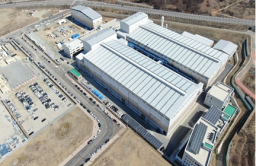 Battery materialsPOSCO breaks ground on $101 million battery recycling plant
Battery materialsPOSCO breaks ground on $101 million battery recycling plantOct 01, 2021 (Gmt+09:00)
-
Sep 24, 2021 (Gmt+09:00)
-
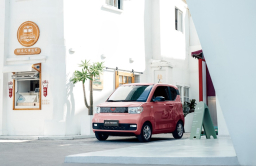 Electric vehiclesGlobal automakers' new battle field: small EVs
Electric vehiclesGlobal automakers' new battle field: small EVsAug 30, 2021 (Gmt+09:00)
-
Jul 28, 2021 (Gmt+09:00)
-
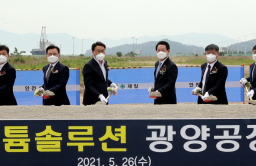 Battery materialsSK Nexilis, POSCO move forward with EV battery materials projects
Battery materialsSK Nexilis, POSCO move forward with EV battery materials projectsMay 27, 2021 (Gmt+09:00)
-
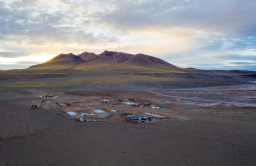 EV battery materialsPOSCO's lithium reserves in Argentina soar to $31 bn
EV battery materialsPOSCO's lithium reserves in Argentina soar to $31 bnMar 04, 2021 (Gmt+09:00)


